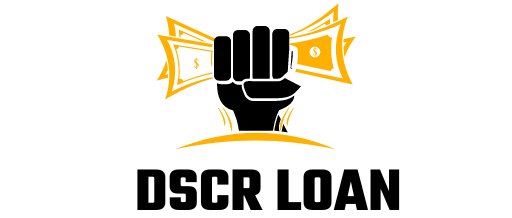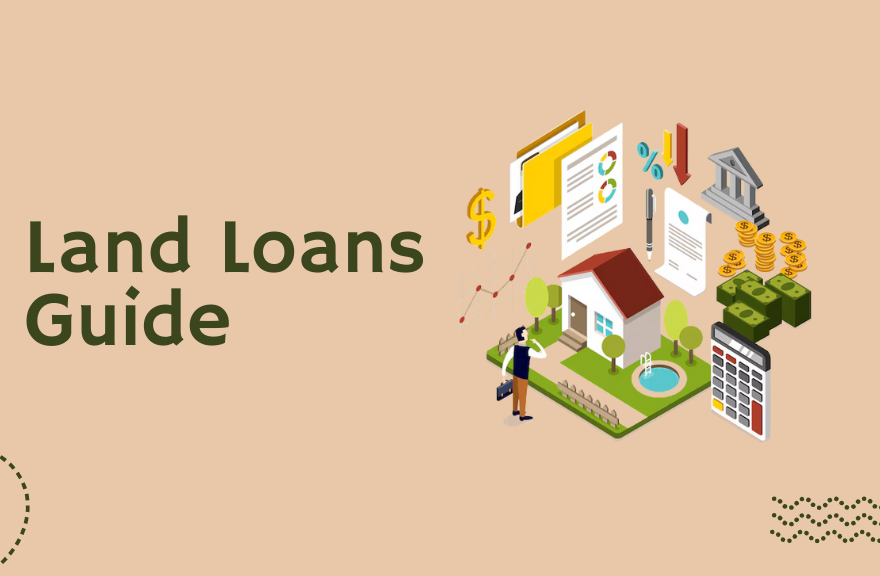Key Takeaways
- Land loans are harder to qualify for than home mortgages and usually require larger down payments (often 20–30% or more).
- Lenders assess land type (raw, unimproved, or improved), credit score, income stability, and builder plans when setting terms.
- Expect higher interest rates and shorter terms than standard mortgages; many borrowers refinance into construction or permanent loans later.
- Practical funding options include bank land loans, farm-credit lenders, personal loans, or seller financing choose the fit based on intended use.
Introduction
If you’re thinking about buying dirt to build later, invest, or farm, you’ll need a land loan. Unlike a traditional mortgage that backs a finished house, land loans finance property that may be raw or undeveloped and that changes how lenders underwrite the deal. This guide explains types of land loans, typical requirements, how to improve approval odds, realistic costs, and next steps so you can plan smartly and avoid surprises.
What Is a Land Loan?
A land loan (sometimes called a lot loan) pays for a parcel of land with only no home or structure included. Lenders view these loans as riskier because there’s no finished property to repossess easily if the borrower defaults. That’s why land loan terms, down payments, and qualifying standards differ significantly from standard home mortgages.
Types of Land You Can Finance
- Raw land (undeveloped): No utilities, roads, or permits hardest to finance.
- Unimproved land: May have basic access but lacks full utilities.
- Improved land (buildable): Has utilities, permits, or grading easier to finance.
- Acreage/farm land: Often financed through specialty lenders (farm credit).
Why Land Loans Are Different
Lenders price land loans differently because vacant land can be slow to sell and values are more volatile. Without a house, the collateral is less liquid, that’s why you’ll usually see higher interest rates, larger down payments, and shorter loan terms compared with a mortgage on an existing home.
- Typical down payment: 20–30%, sometimes higher for raw land.
- Interest rates: usually higher than residential mortgages (varies by lender and borrower profile).
- Loan term: often shorter (5–15 years) unless you roll into construction/permanent financing later.
Who Lends for Land?
Different lenders specialize in land loans depending on intended use:
- Banks & credit unions: Common for improved lots and borrowers with strong credit.
- Farm Credit or agricultural lenders: Best for farmland and rural acreage.
- Mortgage companies with land programs: Some national lenders (e.g., Rocket Mortgage) provide guidance on lot financing.
- Private/seller financing: Useful when traditional lenders are unwilling; terms vary by seller.
Typical Requirements & How to Prepare
Lenders look at several core items before they’ll fund land:
- Credit score & financial history: Higher credit scores lower lender risk. Aim for a score above 680 where possible.
- Down payment source & amount: Be ready to show liquid funds or documented sources for 20–30% down.
- Detailed plan for the land: If you intend to build, provide site plans, permits, or a timeline improved parcels with approvals get better terms.
- Income & debt-to-income ratio: Lenders evaluate your ability to carry payments until you build or sell.
- Appraisal & survey: Land appraisals differ from home appraisals and may cost more or take longer.
Checklist :
- Recent tax returns and pay stubs
- Bank statements proving down payment funds
- Site plan, builder bid, or improvement permits (if applicable)
- Property survey and title report
- Contingency funds (10–15% preferred)
Costs to Expect
Buying land has upfront and ongoing costs beyond the purchase price:
- Higher down payment (20–30% typical for raw land).
- Higher interest rate vs. traditional mortgage.
- Appraisal, survey, and closing costs (may run several thousand dollars).
- Property taxes and insurance start immediately after purchase.
- Development costs (grading, utilities, septic, permits) add up if you plan to build.
Budgeting for these items prevents stalled projects and protects your credit.
Smart Ways to Finance Land
If traditional land loans seem pricey, consider alternatives or hybrids:
- Seller financing: Seller carries part of the loan and can lower upfront cash needs.
- Construction-to-permanent roll: Buy land and then roll into a construction loan if you plan to build soon.
- Farm Credit or specialty lenders: Often better for large acreage or agricultural uses.
- Personal loans or HELOC: Short-term options if you can secure better long-term financing later use cautiously.
Real-World Example (Illustrative Case Study)
Illustrative Case: Jamie wants a 5-acre lot to build a custom home. The parcel is raw land (no utilities). Local banks require 30% down on raw lots. Jamie:
- Saved a 25% down payment.
- Negotiated with the seller for a 5% seller-financed note to cover the remainder of down payment needs.
- Secured preliminary site approvals and a builder estimate to show the lender.
Result: Using a blended funding approach and strong documentation, Jamie got approved at a competitive rate for raw-land financing. (This is an illustrative example for planning purposes.)
Risks & Red Flags Lenders Watch For
Lenders are cautious about:
- Wetlands, steep slopes, or access issues that limit future value.
- Zoning restrictions that prevent intended use.
- No development plan, raw speculative purchases without a clear plan raise red flags.
- Unclear title or liens on the parcel.
If any of these apply, get a professional survey and work with local planners before applying.
Next Steps & Practical Tips
- Get pre-qualified: Understand how much you can borrow and what down payment is required.
- Order a land survey early: It saves time at closing and reveals issues.
- Securing a builder or development estimate if you plan to build improves lender confidence.
- Compare lenders: Rates and down payment requirements vary shop local banks, farm-credit, and specialized lenders.
- Keep a contingency fund of at least 10–15% for cost overruns or delays.
Conclusion
Land loans offer a path to owning raw or buildable property, but they require more preparation than a typical mortgage. Expect higher down payments, stricter underwriting, and potentially higher interest rates especially for raw land. The strongest applicants come prepared: good credit, documented funds, a clear plan for the land, and a reliable lender or lender specialty (bank, farm credit, or mortgage company).
If you’re serious about buying land, start by getting pre-qualified, assembling a development plan, and speaking to lenders experienced in lot financing. That practical preparation makes approval far more attainable and keeps your land purchase from turning into an expensive surprise.
FAQs
How much down payment do you need for a land loan?
Most lenders ask for 20–30% down for unimproved or raw land; improved lots with utilities may need less.
Can I get a mortgage on land?
You can get financing, but standard long-term mortgages are uncommon for raw acreage. Lenders may offer short-term or specialty land loans, and you can often refinance into a mortgage after building.
Are land loans more expensive than home loans?
Yes higher interest rates and larger down payments are common because the collateral is less liquid and risk is higher.
Who should I contact first when buying land?
Start with a local land lender or farm-credit office if you’re buying acreage, or a bank/credit union that offers lot loans for improved parcels. Ask about their experience with land financing and required documentation.

Introducing Emily Parker, a seasoned professional with over 5 years of expertise in DSCR loans. With her extensive knowledge and experience in the field, Varsha has consistently demonstrated a deep understanding of DSCR loan intricacies and a proven track record of delivering successful outcomes for her clients.

